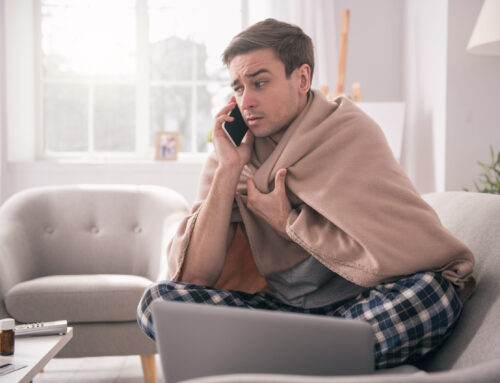Lasting behavior change does not begin with action. It begins with understanding what drives action. At the root of how we show up every day are four key elements: attitudes, behaviors, beliefs, and values. Each one plays a different role in shaping the choices we make and the outcomes we create.
These attributes are explained below in the order of their ease of changeability. Attitudes are the easiest to change, and sometimes change on a dime, whereas values are deep-rooted in your psyche and sometimes remain consistent over a lifetime. Here they are listed with examples of how they are significant to Behavior Change:
Attitudes: The Emotional Lens
Attitudes represent how we feel about something. They are our predispositions, positive, negative, or neutral, toward a situation, person, or idea. For example, if you approach feedback as a gift, you lean in and listen. If you hold feedback as criticism, you may shut down or grow defensive. Attitudes set the emotional tone for how we engage with the world.
Behaviors: The Visible Actions
Behaviors are what we actually do. They are the visible expressions of our attitudes and beliefs. Showing up late to meetings, interrupting colleagues, or diligently meeting deadlines all reflect patterns of behavior. Because behaviors are observable, they are often what others judge us by. But lasting change requires looking beyond the surface and asking, What belief or value drives this action?
Beliefs: The Hidden Narratives
Beliefs shape what we hold to be true. They are our belief in the truth of something. Though not always true, they often come from our upbringing, culture, or past experiences. Some beliefs empower us, like “hard work leads to progress.” Others limit us, like “I’m not creative” or “conflict always destroys relationships.” These hidden assumptions run in the background and influence how we interpret events. For instance, if you believe conflict only leads to harm, you may avoid difficult conversations. That belief, not the behavior itself, becomes the real barrier. And, changing the behavior will take pure grit without first changing the underlying belief.
Values: The Guiding Compass
Values are the principles that matter most, the non-negotiables that steer decisions in tough moments. Unlike attitudes, which can shift according to the moment, values remain relatively stable over time. They anchor our sense of identity and integrity. For instance, someone who values innovation may push boundaries and experiment with new ideas, even when the safer path would be to maintain the status quo. Someone who values community may prioritize collaboration and collective success over individual recognition. When behaviors align with values, people feel fulfilled and grounded. When out of alignment, tension arises, leading to dissatisfaction or burnout.
Generally, Behavior Change happens at the level of our beliefs. Driven by beliefs, attitudes and behaviors are difficult to change without first converting the underlying belief. Without first adjusting the underlying belief, change fights gallantly against your resolve. And, changing beliefs provides access to new instincts and engagement.
Beliefs are changeable even without changing the underlying values. Remember, beliefs are your conviction in the truth of something. You can retain your underlying value in innovation, and still believe that your team suffers from change fatigue and would benefit from some time in the status quo.
When leaders and professionals pause to reflect on their attitudes, behaviors, beliefs, and values, they gain insight into the invisible system that drives their choices. Sometimes these four align beautifully. At other times, they clash. You might value collaboration but hold a belief that asking for help makes you look weak. That misalignment creates tension…and the opportunity for behavior change.



